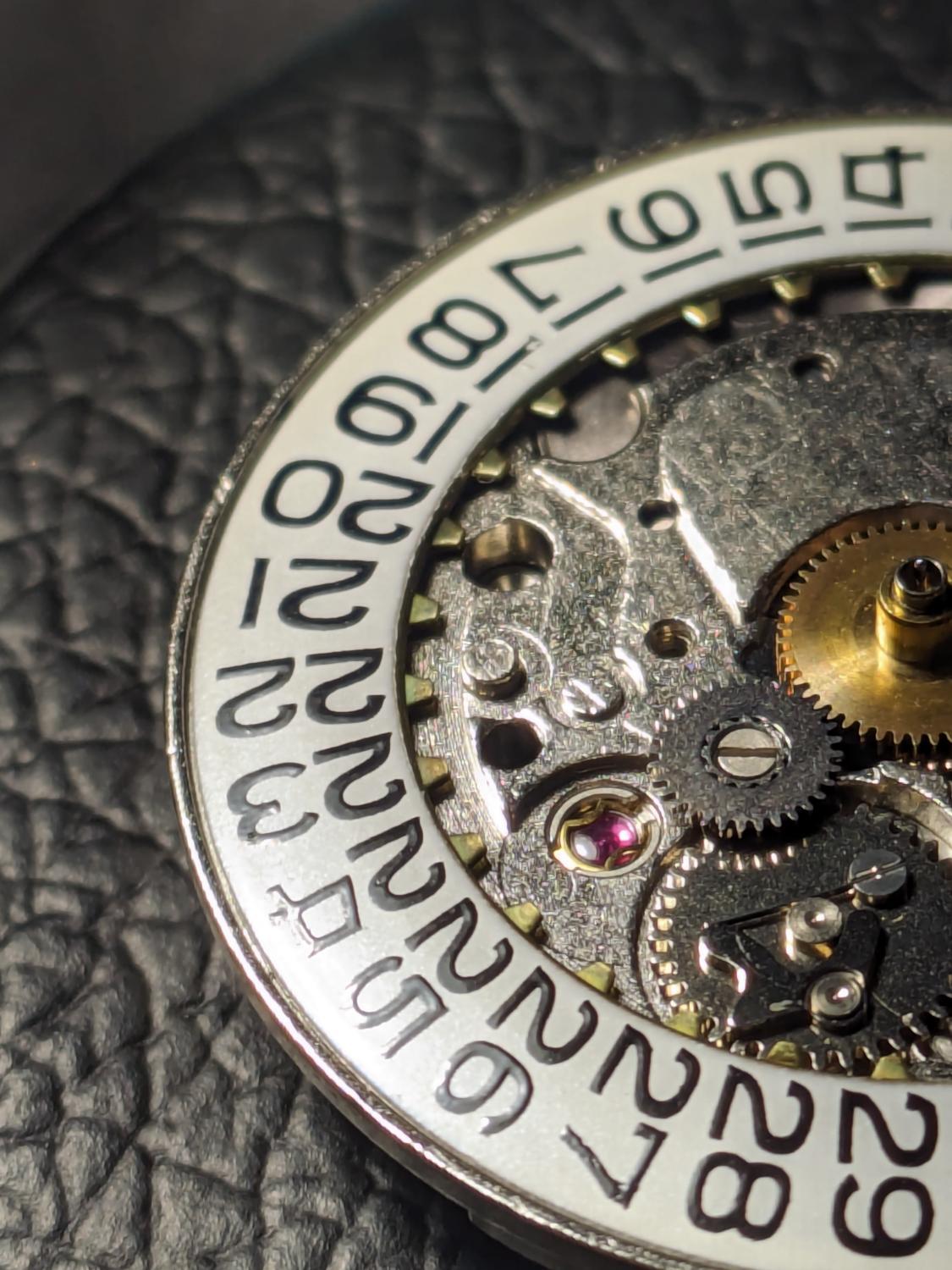Accutron 700 meter
-
Recently Browsing
- No registered users viewing this page.
-
Topics
-
Posts
-
By SwissSeiko · Posted
I remember asking chatGPT to figure out the beat rate for a train of wheels. It confidently told me it was 18,000 bph, but I knew it was 28,800. It laid out all the math, and incorrectly calculated the pinion count on the escape wheel. So I told it the pinion count was off, it agreed with me, and then came back with the same beat rate of 18,000, after I corrected it and it acknowledged its error. It seems like it's mostly trying to appease the user. You could tell it it is wrong, even if its right, and it would agree with you. -
Thanks, Jon! Very obviously fake! Even with my limited experience, I would have noticed it—even if I were badly hungover (which I very rarely am) and woken up at four in the morning in dim light. I’m probably overly afraid of being fooled. But once you actually start working on the movement, you can both see and feel whether everything is as it should be or not. You should never say never, but after this experience and discussion, I'd be surprised if I ever will be fooled by a clone (or perhaps that's just what I'm hoping). Again, sharing your expertise and experience is super appreciated!
-
Watch cleaning fluids are quite interesting especially with ammonia. Ammonia makes things bright and shiny when properly used watch plates everything will come out really looking clean and wonderful. Typically with any of these solvent-based cleaning products they never recommend elevating the temperature for flammability reasons and definitely never elevate temperatures of anything that makes things bright and shiny as there will be a consequence. For instance when I was in school the first time we had a variety of cleaning machines including the one in the picture down below which I found on eBay still as interesting price it's a popular machine. Machine has a vacuum tube to generate the ultrasonic energy and magnetic transducers which do tend to get warm with time. Memories are such interesting things aren't they? I can actually still see myself standing in front of the machine thinking maximum time Because maximum time should mean maximum clean right? Important lesson learned was elevating the temperature speeds up the undesirable characteristics of the ammonia which is no longer making things bright and shiny after a time span and instead it starts pitching things. So rather than a bright and shiny watch I had a frosted watch with blue-green solution. Now my experiences not unique we've had other people in the group sailor watch is a clean and their solution is blue-green which is a clue of etching of the plates. The really is best to follow the manufacturer's recommendation if you look on the website for your cleaning fluid of course they do not mention elevating the temperature. For one thing it's a flammable product and elevating the temperature is not good and they recommend between three and five minutes. In the second school I went to were were cleaning practice movements all day long every single day the machine actually been set to a maximum of four minutes. For which I have found that four minutes works really well and things do come out bright and shiny. g in it to affect the
-
You're never going to forget it! It looks perfect. Congrats! 👍






Recommended Posts
Join the conversation
You can post now and register later. If you have an account, sign in now to post with your account.
Note: Your post will require moderator approval before it will be visible.